A gazebo offers a peaceful retreat and a stunning focal point in your backyard. It’s a commitment to improving your outdoor space.
The question of where to put gazebo in backyard carries great importance. It is not just a matter of space, but also of enjoying your gazebo in comfort, privacy, and style.
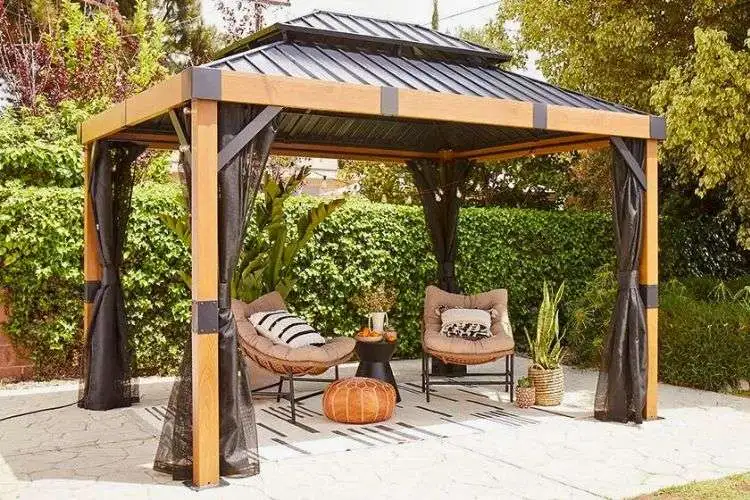
Contents
- 1 Where to Put Gazebo in Backyard?
- 2 Sunlight and Shade
- 3 Privacy Considerations
- 4 Ground Preparation and Foundation
- 5 Accessibility and Pathways
- 6 Proximity to Other Structures
- 7 Utilities and Convenience
- 8 Aesthetics and Views
- 9 Permits and Regulations
- 10 Final Considerations
- 11 Pro Tips
- 12 Frequently Asked Questions (FAQs)
- 12.1 How far does a gazebo need to be from the property line?
- 12.2 Can I put a gazebo on grass, or do I need a solid foundation?
- 12.3 What type of gazebo is best for windy areas?
- 12.4 How do I determine the right size gazebo for my backyard?
- 12.5 Does placing a gazebo close to trees pose any risks or benefits?
Where to Put Gazebo in Backyard?
Before you decide on the perfect spot for your gazebo, take a good look at your backyard’s space.
The shape and size of your yard will impact your decision. A large backyard offers more flexibility, whereas smaller spaces may require more creative planning.
Size and Shape
The size of your gazebo should be in proportion to your yard. Too large, and it can overwhelm the space. Too small, and it may seem insignificant.
The shape of your yard also matters. Rectangular yards often allow for straightforward placement, while irregular shapes might lead to more unique gazebo positioning.
Landscape Features
Your yard’s natural features can enhance the gazebo experience. Enclosing the structure with flowering bushes or hanging gardens adds to its charm.
However, the landscape might also present challenges like uneven ground or obstructing trees. Work with these features to find a harmonious spot for your gazebo.
Sunlight and Shade
Sunlight patterns dictate the enjoyment of your gazebo. Morning sun might be desired for a gazebo used often for brunch, while afternoon shade can be crucial for those hot summer days.
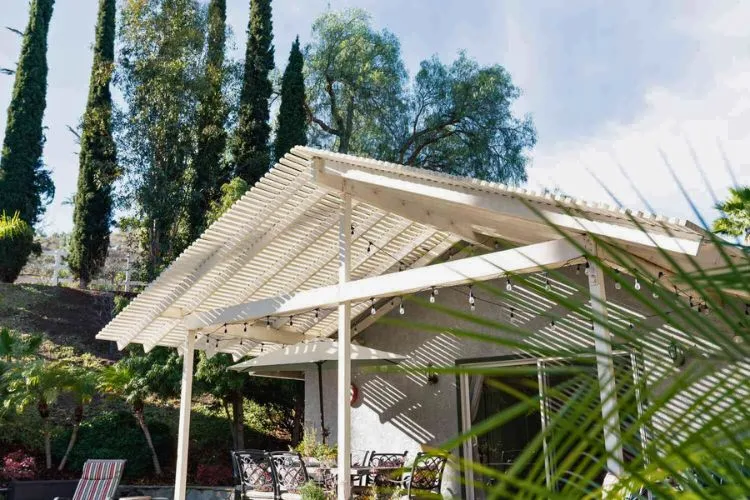
Tracking Sunlight
By understanding the path the sun takes over your yard, you can find the best position for your gazebo. It should offer sunlight or shade exactly when you need it.
Natural Shade
Using the natural shade from trees can keep your gazebo cool. However, remember that the sun’s position changes with the seasons. A spot that’s sunny in winter might be shaded in summer.
Privacy Considerations
Privacy is a key concern when placing a gazebo. You should feel secluded enough to relax. Consider hedges, privacy screens, or placing your gazebo in a corner of the yard to create a personal haven.
Ground Preparation and Foundation
A solid foundation ensures your gazebo stands the test of time. The ground should be level to avoid structural issues.
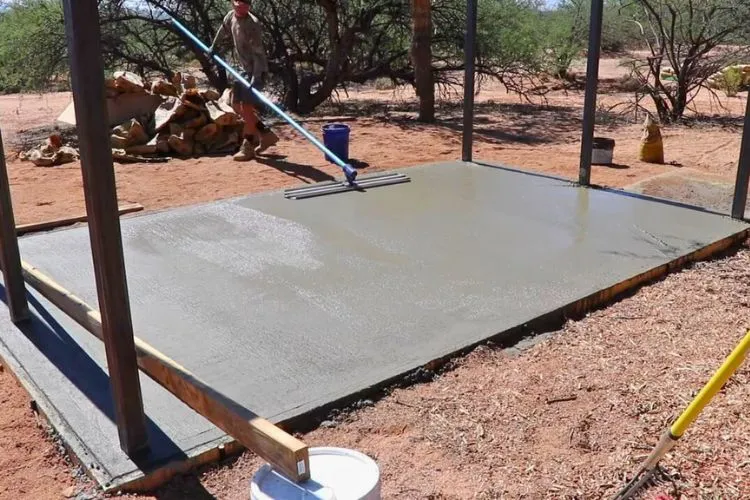
The right foundation type—be it concrete, paver, or even grass—is crucial for stability and longevity.
Accessibility and Pathways
Accessibility refers to how easily you can reach your gazebo from the house. It should be close enough to encourage spontaneous use, but not so close that it feels like just another room of your home.
Including pathways in your design can protect your lawn and add visual appeal.
Proximity to Other Structures
Consider the distance between the gazebo and your home. Maintaining a clear path for emergency services and routine yard maintenance is essential.
You must also respect local building codes, which often dictate how close structures can be to property lines and houses.
Utilities and Convenience
Your gazebo should offer convenience and serve its purpose well.
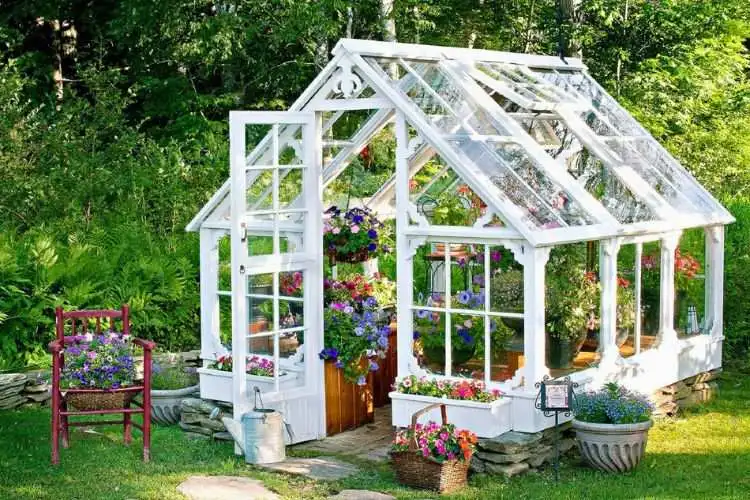
Integration with Outdoor Living
Locate your gazebo near other outdoor living spaces. It should be a seamless part of the overall layout, complementing elements like outdoor kitchens or dining areas.
Access to Electricity and Water
Planning for utilities at an early stage helps avoid costly adjustments later. Electricity is important for lighting, while access to water is ideal for those who want to incorporate a kitchen or planting area.
Aesthetics and Views
The best gazebo placement takes advantage of appealing backyard views. Position your gazebo to frame the most beautiful section of your yard. It should also match your home’s architectural style for a coherent design.
Permits and Regulations
Comprehending the legalities that govern the construction of structures such as gazebos within your community is crucial.
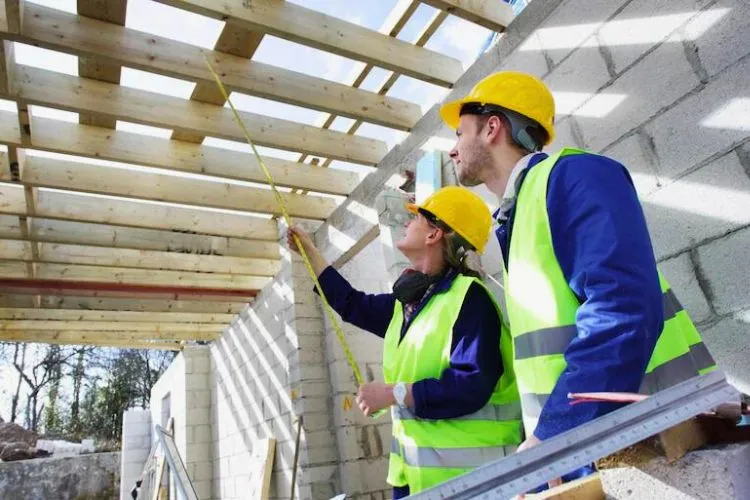
Local building codes can have stringent requirements that influence various aspects of your gazebo, including its dimensions, location on your property, and architectural style.
To avoid any legal complications and to ensure safety and compliance, it’s imperative to obtain all the required permits before commencing the construction project.
Not adhering to these regulations can lead to penalties, project delays, or the need for costly modifications.
It’s advisable to consult with your municipal planning department to gain a thorough understanding of the specific requirements for your area.
Final Considerations
Future Landscaping Plans
Think about potential changes to your landscape. Leave space for gardens or other additions that might enhance your gazebo area.
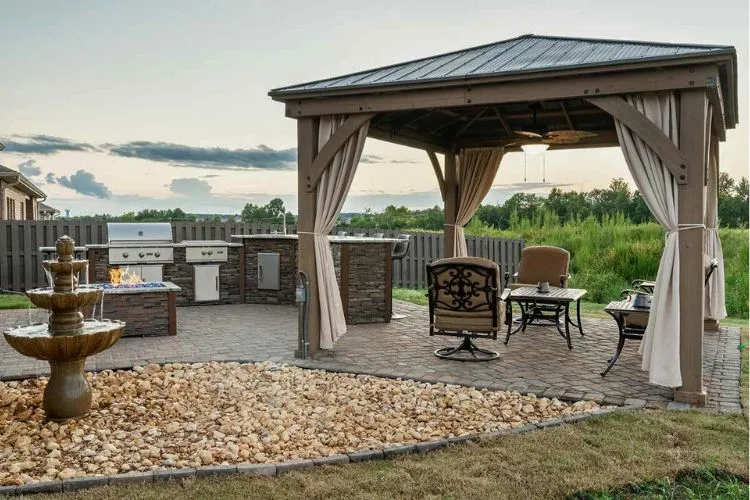
Seasonal Use
Adjust for seasonal changes in weather. A gazebo that’s perfect in the summer might be prone to collecting leaves or snow in the fall and winter.
Adjust for seasonal changes in weather. A gazebo that’s perfect in the summer might be prone to collecting leaves or snow in the fall and winter.
Pro Tips
Consulting with a landscape designer can provide tailored advice for your yard. Using strings, stakes, and markers allows you to visualize the gazebo before making any commitments.
Frequently Asked Questions (FAQs)
How far does a gazebo need to be from the property line?
It varies by local regulations. Check with your local building department for precise requirements.
Can I put a gazebo on grass, or do I need a solid foundation?
A solid foundation is recommended for stability and longevity, but gazebos can be placed on grass with proper ground preparation.
What type of gazebo is best for windy areas?
Opt for a sturdy, anchored design made of heavy materials such as wood or metal.
How do I determine the right size gazebo for my backyard?
Consider the scale of your yard, planned usage, and how much space you want to dedicate to the gazebo.
Does placing a gazebo close to trees pose any risks or benefits?
Trees can provide natural shade but also pose risks like falling branches or root system interference.
Conclusion:
Placing a gazebo in your backyard can create a beautiful sanctuary. With careful planning, it becomes more than just a structure; it becomes a central part of your home.
In this article, you have been provided with comprehensive information necessary to select the ideal location for your backyard gazebo.
If you follow the guidance laid out here, you’ll be well on your way to enjoying your new outdoor retreat in no time.

Sergio Gomes, a passionate advocate for outdoor living and the male voice behind Shades Authority. With years of experience, Sergio is your trusted source for expert insights on gazebos, pavilions, cabanas, pergolas, and all things outdoor shade solutions. Join him on a journey to transform your outdoor spaces into stunning, functional retreats
